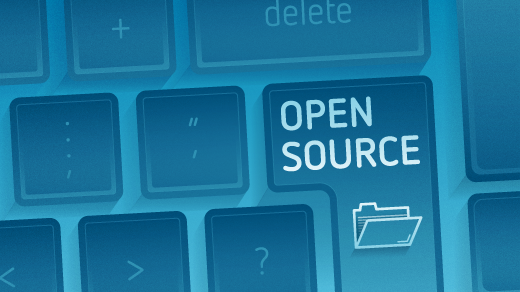When Ruth Suehle posted about the recent test of the Emergency Alert System and how it could be improved, I agreed, for the most part, but wanted to add a few comments of my own, including an idea that I had a couple of years ago on alerting people.
Ruth's article discussed the use of social networking tools (identi.ca, Twitter, Facebook, and YouTube), in addition to traditional websites that many people visit, as a means of alerting the public. While I agree, to an extent, I fear that those solutions are not alerting mechanisms but rather informing mechanisms. What's the difference? Informing mechanisms let people obtain information when they feel like it, while alerting mechanisms let people know there is information that need—NOW.
What to do? First, use of any and all means possible to get the word out is important. You won't know what's available and what's not available in an emergency. Ideally an alert has comes before the emergency—before phone lines, cellular networks, and Internet pipes are overused or unavailable due to damage. If the incident has already occurred, expecting one or several means of communication have failed and are no longer available is a safe bet. Immediately following the earthquake of 2011 in Virginia, cellular networks and Internet pipes became saturated, making data transfers slow and phone calls nearly impossible to complete. All of this was down in the urban area of Virginia's Tidewater area, 112 miles to the southeast of the epicenter.
It would be great if there were already a network in place that would transmit alert information to the public. There are actually several in place already. The NOAA All-Hazards Radio system is a dedicated, nationwide radio network that provides county-level alerting for a variety of emergencies. The problem is that not everyone has these special receivers in their homes or offices. What many people do have, however, are telephones, specifically cellular telephones. How can we leverage these devices as alerting mechanisms? By using currently available technology.
By creating identi.ca, Twitter, Facebook, and YouTube accounts and using them regularly, not only to notify people of emergencies but also to provide preparedness information as well. Once people see the quality of the information you are providing, they will trust the means in which you are providing it. Providing an emergency-only account on these systems wouldn't be a bad thing to do but should be advertised via the regular account. The problem with these solutions, however, is that they are more informing mechanisms, allowing people to gather information, instead of alerting mechanisms. Still, these methods of dissemination shouldn't be overlooked.
So how do we set up community, state, or federally oriented alert systems that help fill the gap?
-
Use an Asterisk server to call telephones—home, office, and cellular—with a recorded message providing a brief message notifying them of the emergency.
-
The Asterisk server, along with an external service provider, could be used to send SMS messages out as well.
-
Mailman can be used to send emails. Lots of information can be quickly distributed by email.
-
Drupal and Wordpress provide RSS feeds that allow your messages to be distributed to many people and products at the same time, providing an easy means of getting the message out while providing a clean, professional website that the public can visit to obtain information.
Moving the Emergency Alert System into the 21st century wouldn't be so difficult, and many different means of dissemination should be used to provide a diverse, and more robust, delivery system of sending and receiving the information, and open source solutions exist to help make this happen for little to no cost. No doubt that using commercial broadcast is a useful mechanism for getting the word out. There are, however, new and better ways to augment this system that should be used as we move forward into the digital age.




2 Comments